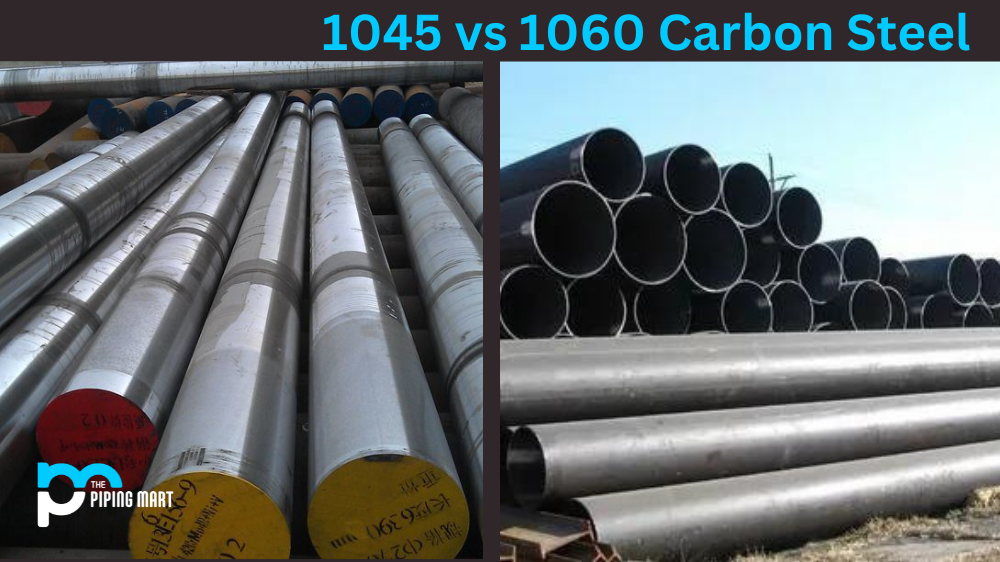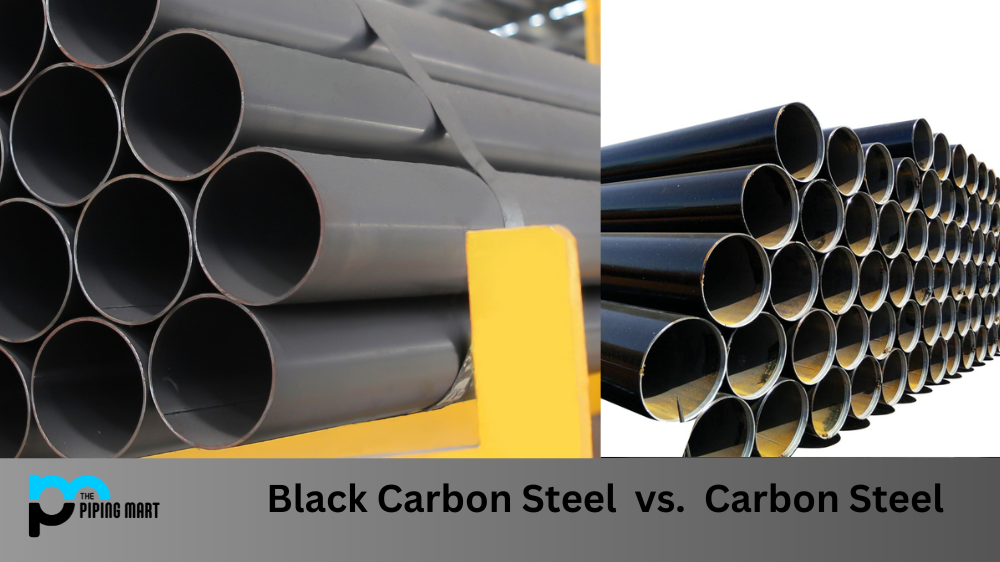When it comes to selecting the best carbon steel for your knife, there are a lot of options out in the market. However, the most popular ones are 1045 and 1060 carbon steel. These materials are widely applied in different industries, including the cutlery industry. Thus, it can take some work to determine which one is ideal for your knife. In this post, we’ll break down the differences between 1045 and 1060 carbon steel and help you decide which one to choose.
1045 Carbon Steel
1045 carbon steel is a versatile material that has been used for centuries. It is known for its excellent toughness, hardness, and edge retention balance. It has a carbon content of around 0.45%, making it more complicated than many other steels in the market.
This steel is ideal for knives requiring excellent edge retention and frequent slicing and chopping. 1045 steel blades are also more corrosion-resistant than other higher-carbon steels, making them suitable for humid environments.
1060 Carbon Steel
1060 carbon steel is a popular choice for blades that require higher hardness and superior durability. It has a carbon content of around 0.60%, making it much more complicated than 1045 steel. This steel is perfect for knives designed for cutting rather than chopping.
1060 steel blades are more brittle than 1045 blades and must be tempered appropriately to achieve the desired level of toughness. Despite the increased hardness, 1060 carbon steel is still easy to sharpen and maintain.
Differences Between 1045 and 1060 Carbon Steel
The primary difference between 1045 and 1060 carbon steel is their carbon content. 1060 steel has a higher carbon content, making it much more complicated than 1045 steel. This has an impact on edge retention and durability. While 1045 steel is more flexible and suitable for chopping knives, 1060 steel is better for cutting tasks. Also, 1060 carbon steel is susceptible to rust and corrosion if improperly maintained. On the other hand, 1045 steel is more resistant to deterioration and can withstand humid environments.
Composition
The main difference between 1045 and 1060 steel is in their chemical composition. 1045 steel contains 0.45% carbon, while 1060 steel contains 0.60% carbon. This slight difference in carbon content gives 1060 steel slightly higher hardness and strength than 1045 steel.
Properties
Both 1045 and 1060 steel have good mechanical properties, but the higher carbon content of 1060 steel gives it slightly higher hardness and strength than 1045 steel. Additionally,1060 steel has better wear resistance and toughness than 1045 steel.
Applications
1045 and 1060 steel are often used for gears, shafts, bolts, and other components requiring high strength and good wear resistance. Additionally,1060 steel is often used for knives and other cutting tools due to its higher hardness and strength.
Which One is the Best for Your Knife?
Ultimately, the choice between 1045 and 1060 carbon steel for your knife comes down to your specific needs. If you are looking for a tough blade that can withstand frequent use and sharpening, then 1045 carbon steel might be ideal. However, if you require a knife with excellent edge retention designed for cutting and slicing, go for 1060 carbon steel.
Both of these carbon steels have their strengths and weaknesses, but by examining your needs and considering the pros and cons of each steel, you can choose the right one for your knife-making needs.
Conclusion
As we’ve seen, selecting the correct steel for your knife can be challenging, but understanding the differences between 1045 and 1060 carbon steel can make this decision easier. From their carbon content to their durability, each steel has unique properties that make it suitable for particular applications. Regardless of which carbon steel you choose, purchase quality steel to achieve a sharp, strong, and durable blade.

A passionate metal industry expert and blogger. With over 5 years of experience in the field, Palak brings a wealth of knowledge and insight to her writing. Whether discussing the latest trends in the metal industry or sharing tips, she is dedicated to helping others succeed in the metal industry.




